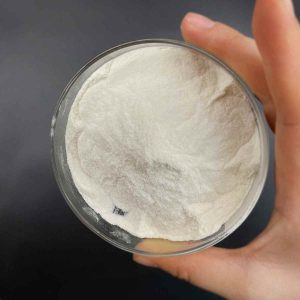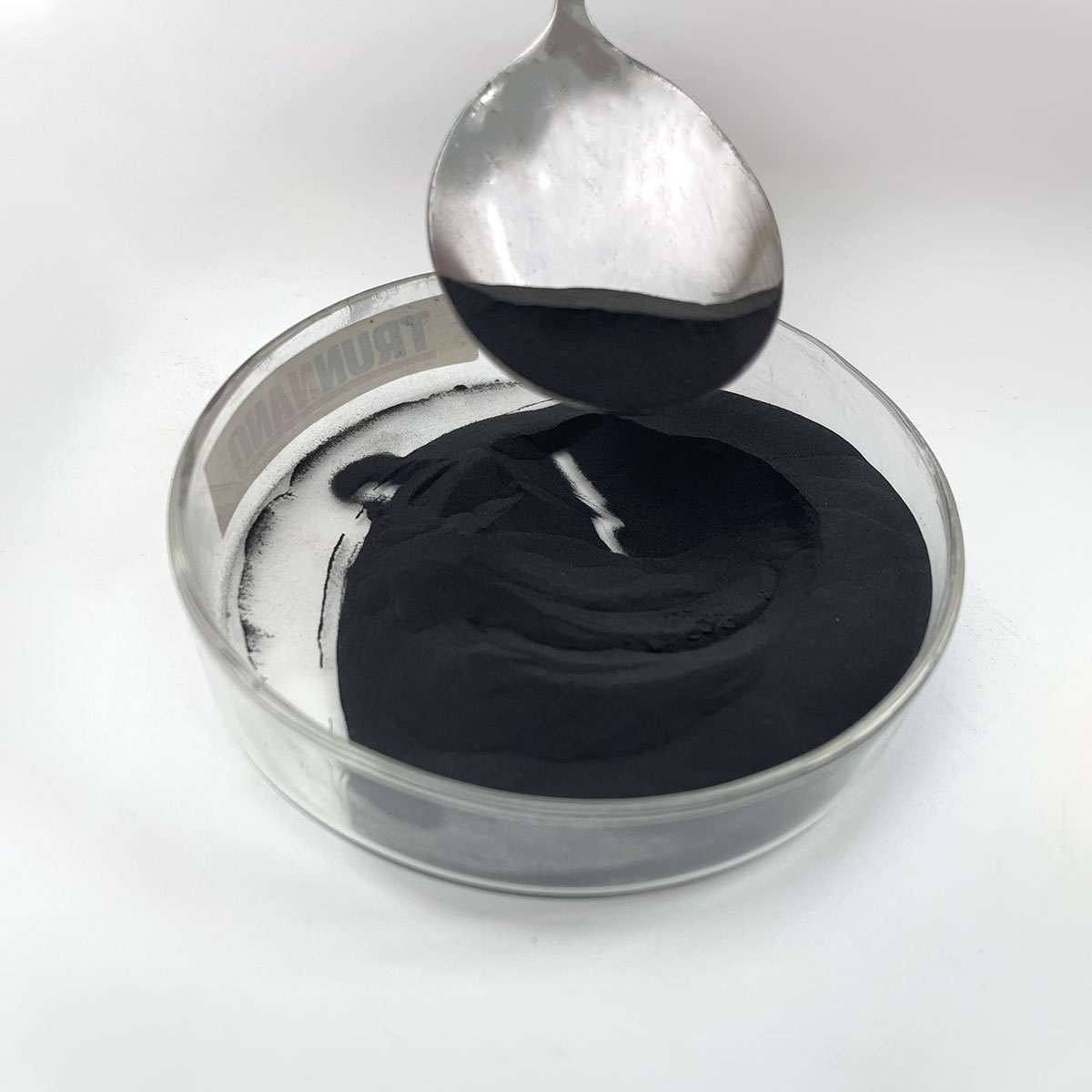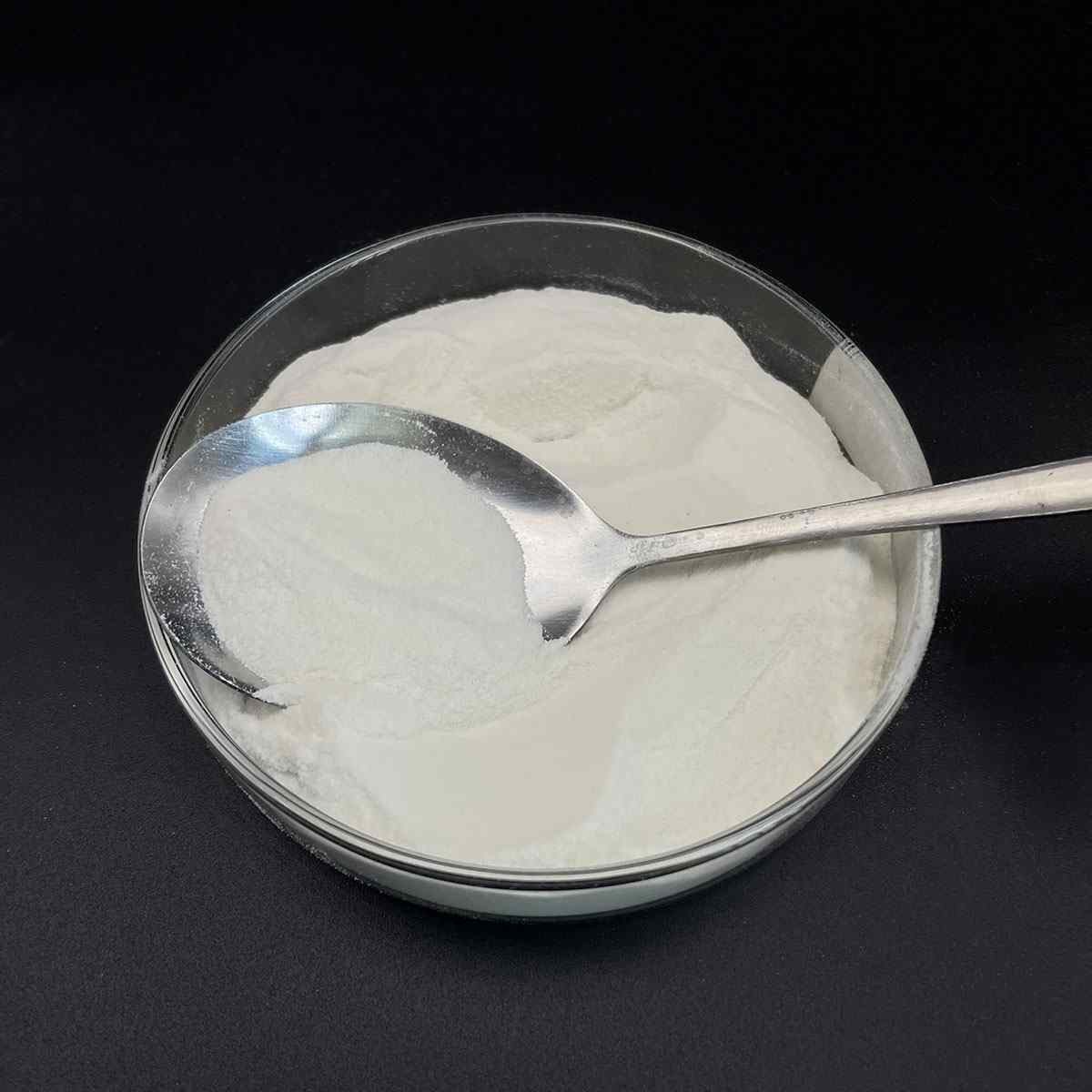1. Introduction
Just 24 hours ago, a major European cosmetics brand announced it would phase out sodium lauryl sulfate (SLS) from all its shampoos by 2025, citing consumer demand for milder, bio-based alternatives. This move reflects a global shift away from traditional anionic surfactants toward gentler, eco-friendly options—a trend accelerating across personal care, agriculture, and industrial cleaning sectors.

Sodium lauryl sulfate—also known as sodium dodecyl sulfate (SDS)—has long been the workhorse surfactant in everything from toothpaste to herbicides. But as awareness grows about skin irritation, environmental persistence, and the rise of high-performance alternatives, it’s time to take a closer look. In this article, we compare SLS with key modern surfactants across seven critical dimensions.
2. What Is Sodium Lauryl Sulfate—and Why Does It Matter?
Sodium lauryl sulfate (SLS), or natrium lauryl sulfate, is a classic anionic surfactant derived from lauryl alcohol (often sourced from coconut or palm kernel oil). Its chemical formula, C12H25SO4Na, gives it strong foaming and cleansing power—ideal for shampoos, body washes, and even lawn wetting agents. But its aggressive nature can strip natural oils, leading to dryness or irritation, especially in sensitive skin.
Often confused with sodium laureth sulfate (SLES)—also called sodium lauryl ether sulfate or sodium lauryl ether sulphate—SLS lacks ethoxylation, making it more irritating but also more biodegradable than some ethoxylated counterparts. Both are anionic, but SLES is generally milder due to the added ethylene oxide units (laureth).
3. SLS vs. Alkyl Polyglucosides: The Natural Contenders
Alkyl polyglucosides (APGs), such as decyl glucoside and coco glucoside, are non-ionic surfactants made from sugar and fatty alcohols. Unlike SLS, they’re derived entirely from renewable resources and are classified as bio surfactants.
Key differences:
- APGs are non-ionic surfactants, meaning they don’t carry a charge, making them compatible with anionic, cationic, and amphoteric systems.
- They’re exceptionally mild—ideal for baby products and eczema-prone skin.
- While they foam less aggressively than SLS, they offer excellent detergency and are readily biodegradable.
For formulators seeking sulfate-free labels, APGs are a top-tier replacement—though they come at a higher cost than commodity SLS.

4. Amphoteric and Amino Acid-Based Alternatives
Amphoteric surfactants like cocamidopropyl betaine (also called coco betaine or amidopropyl betaine) are increasingly paired with SLS to reduce irritation. But newer amino acid-based options—such as sodium cocoyl glutamate and sodium lauroyl sarcosinate—offer even gentler cleansing.
Sodium lauroyl sarcosinate, for instance, is an anionic surfactant derived from sarcosine (an amino acid) and coconut oil. It produces rich foam with minimal irritation and is common in premium toothpastes and facial cleansers.
Unlike SLS, these alternatives maintain skin barrier integrity and are often used in ‘clean beauty’ formulations. They’re also more compatible with sensitive mucous membranes—making them safer for oral and ocular applications.
5. Ethoxylated vs. Non-Ethoxylated: The SLES Dilemma
Sodium laureth sulfate (SLES), or sls sodium laureth sulfate, is the ethoxylated cousin of SLS. The addition of ethylene oxide (making it an ethoxylated alcohol derivative) reduces its irritation potential but introduces concerns about 1,4-dioxane contamination—a potential carcinogen.
While SLES is milder than SLS, it’s still an anionic surfactant and not truly ‘natural.’ In contrast, non-ionic surfactants like polysorbate 80 (also known as Span80 when dehydrated) or Pluronic 127 (a poloxamer 188 variant) offer solubilizing power without foaming aggressively—ideal for emulsions or herbicide adjuvants.
For agricultural use—like surfactant for weed killer or lawn wetting agent—nonionic surfactants such as ethoxylated alcohols or lignin sulfonate are preferred for their spreading and penetrating abilities without phytotoxicity.

6. Cationic and Specialty Surfactants: Where SLS Doesn’t Fit
SLS is strictly anionic and incompatible with cationic systems. In hair conditioners or antimicrobial formulations, cationic surfactants like cetyl trimethyl ammonium bromide (CTAB) or cetyltrimethylammonium bromide dominate due to their positive charge, which binds to negatively charged hair or bacterial membranes.
Fluoro surfactants and sodium deoxycholate serve niche roles in industrial or pharmaceutical applications but are far more expensive and environmentally persistent than SLS.
Notably, methylated seed oil—a common surfactant for herbicides—works by enhancing leaf penetration, a function SLS can’t replicate due to its high water solubility and foaming tendency.
7. Safety, Sustainability, and Market Shifts
While SLS is approved for use globally, consumer perception has turned. Brands now highlight ‘SLS-free’ labels, driving demand for alternatives like sodium coco sulfate (a milder blend of coconut-derived sulfates) or sodium cocoyl isethionate.
Environmental concerns also loom: SLS is biodegradable but toxic to aquatic life in high concentrations. Bio surfactants like APGs or rhamnolipids break down faster and pose lower ecotoxicity risks.
Companies like Rohit Surfactants Private Limited now offer sulfate-free, plant-based surfactant blends targeting both personal care and agrochemical markets—reflecting the dual demand for performance and sustainability.
8. Conclusion
Sodium lauryl sulfate remains effective and economical, but it’s no longer the default choice. From alkyl polyglucosides to sarcosinates and ethoxylated alternatives, modern surfactants offer tailored solutions for sensitivity, sustainability, and specialized applications. Whether you’re formulating a gentle shampoo or a high-efficiency herbicide adjuvant, understanding these differences is key to choosing the right surfactant for the job.
Our Website founded on October 17, 2012, is a high-tech enterprise committed to the research and development, production, processing, sales and technical services of ceramic relative materials such as 7. Our products includes but not limited to Boron Carbide Ceramic Products, Boron Nitride Ceramic Products, Silicon Carbide Ceramic Products, Silicon Nitride Ceramic Products, Zirconium Dioxide Ceramic Products, etc. If you are interested, please feel free to contact us.


